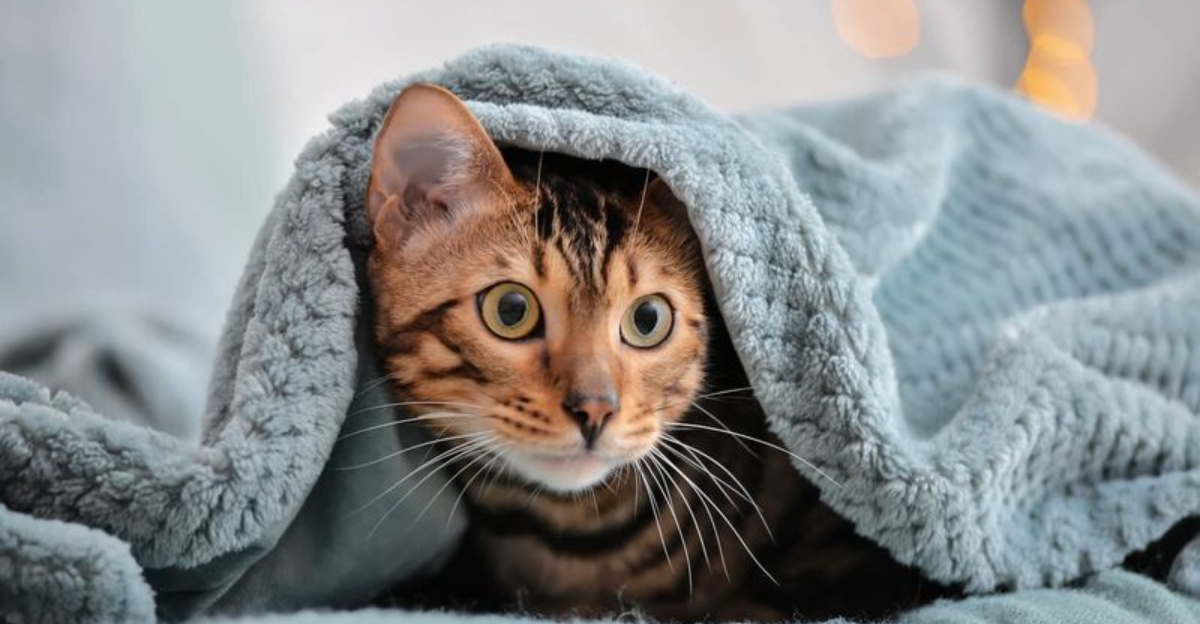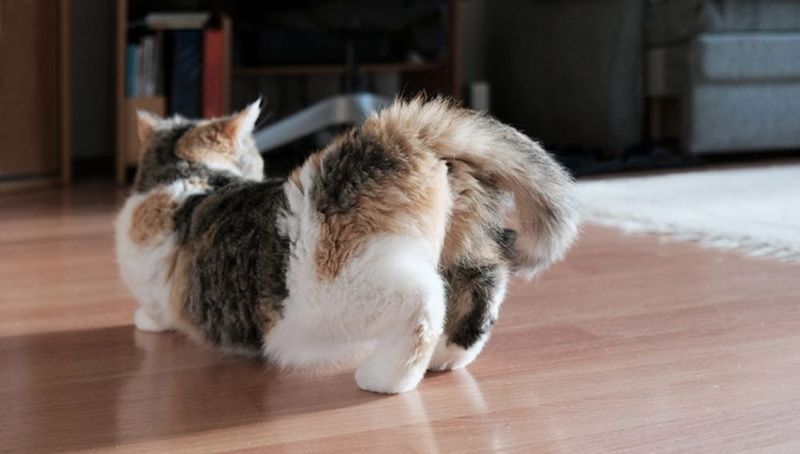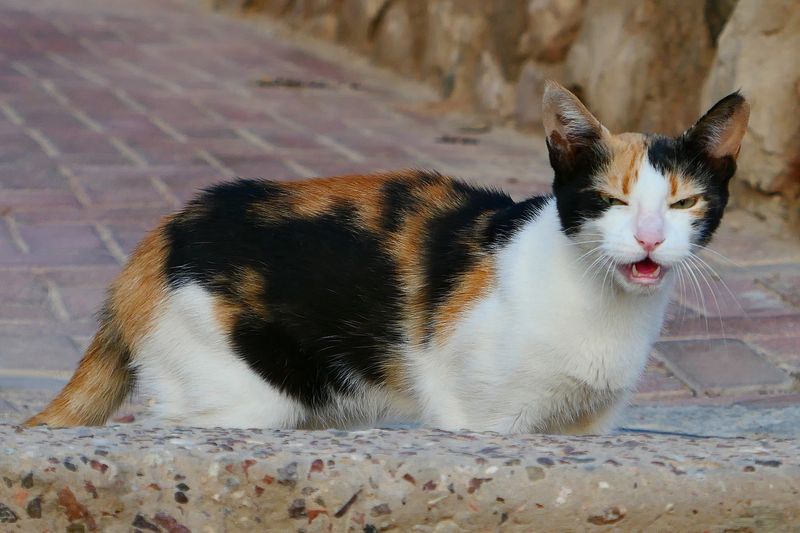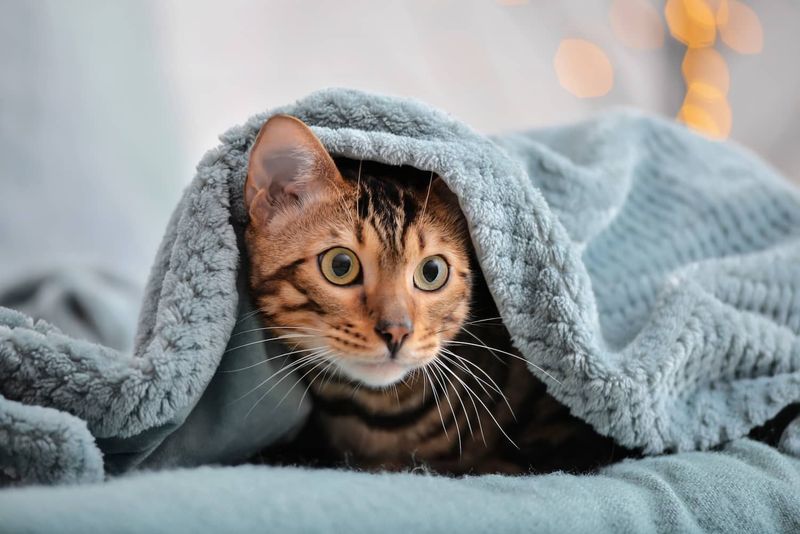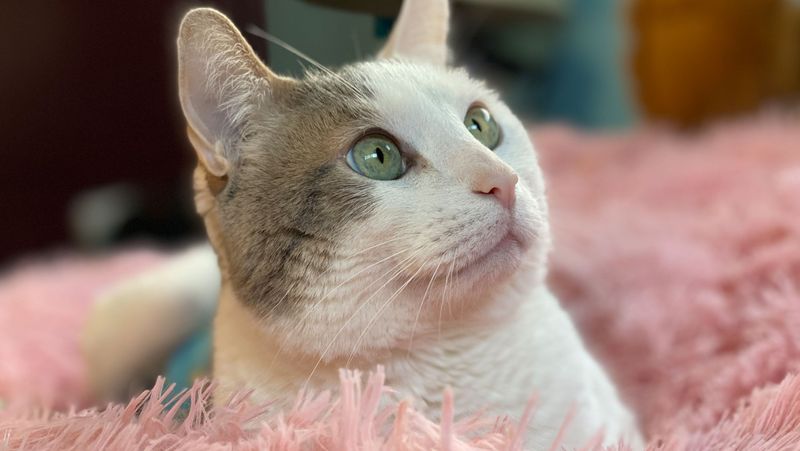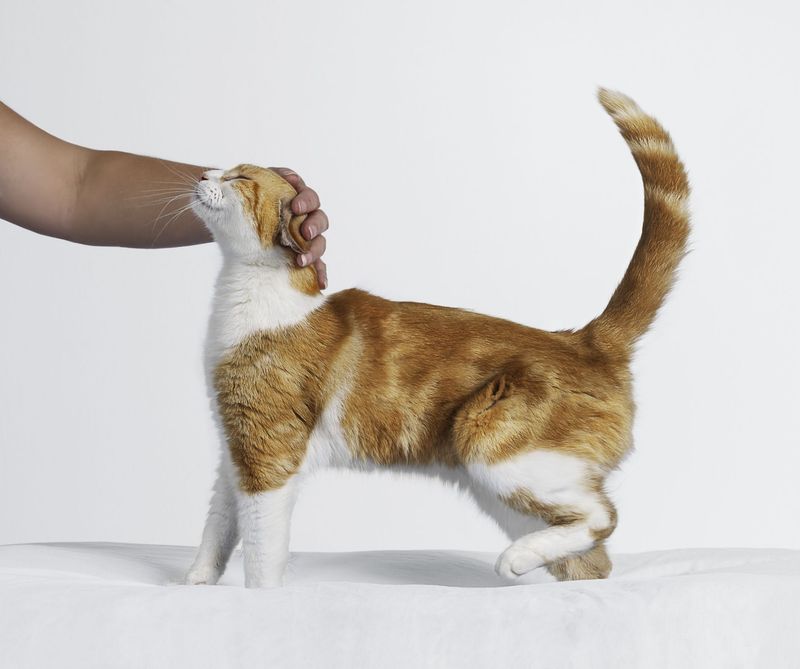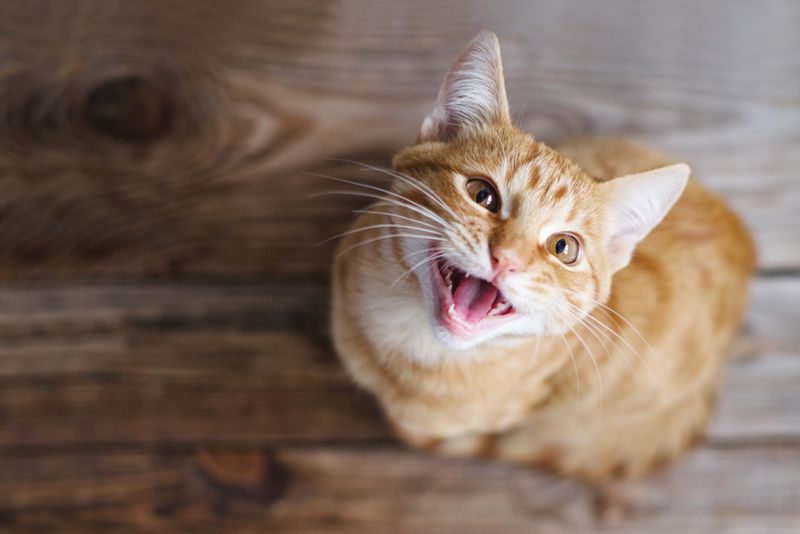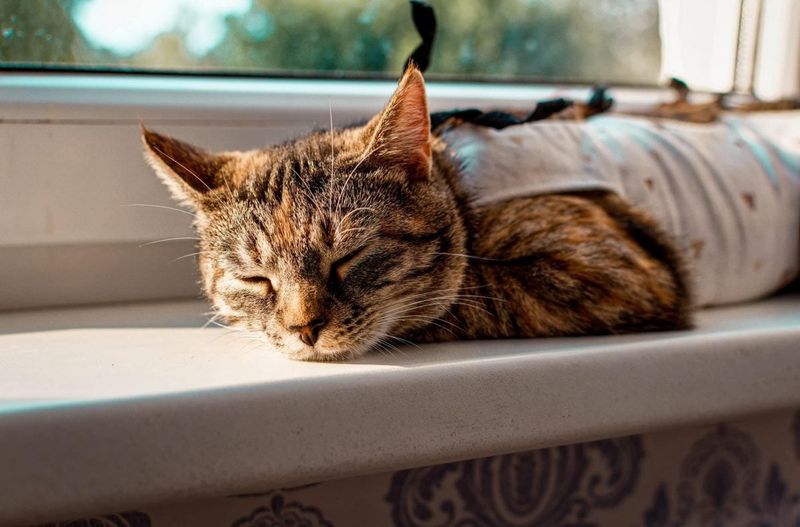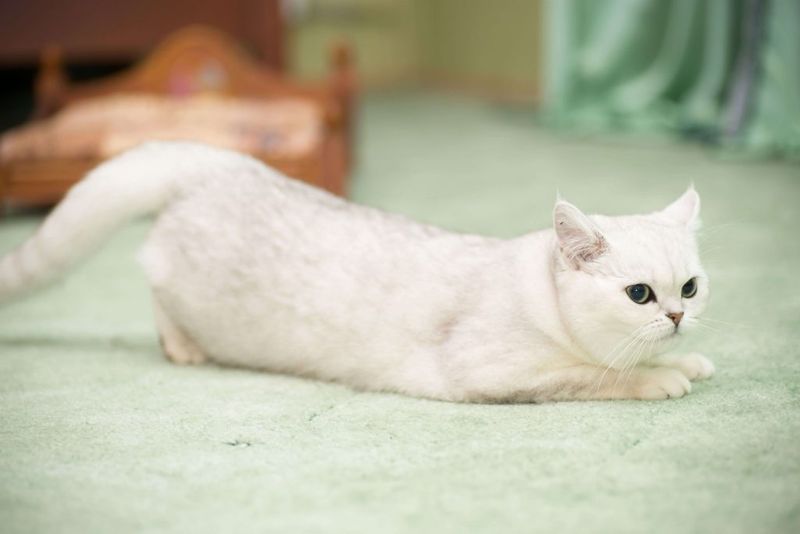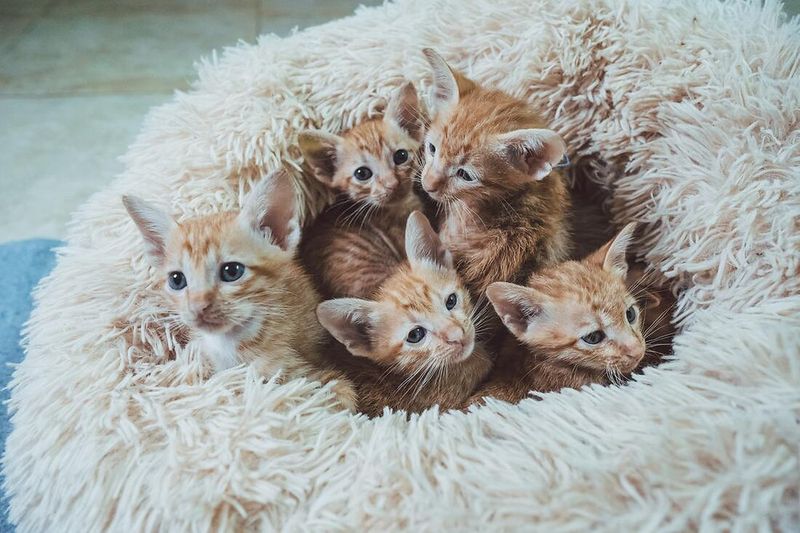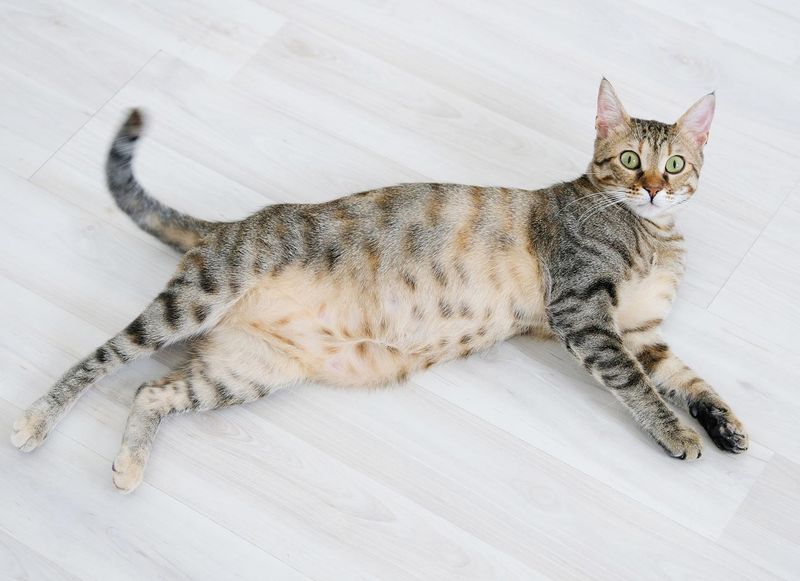📖 Table of Content:
- 1. Female Cats Don’t Bleed Like Dogs in Heat
- 2. They Can Go Into Heat As Early As 4 Months Old
- 3. They’re Induced Ovulators
- 4. Heat Cycles Are Seasonal
- 5. Each Cycle Can Last Up to 10 Days
- 6. They Become Very Vocal and Affectionate
- 7. Spaying Eliminates Heat Cycles Completely
- 8. They May Assume a “Mating Position”
- 9. They Can Get Pregnant By Multiple Males
- 10. False Pregnancies Are Possible
Most cat owners are familiar with the basics of feline behavior, but when it comes to female cats and their heat cycles, there’s a surprising amount of mystery and misunderstanding. While it might seem like a natural part of life, a female cat’s estrus (heat) cycle can present unexpected challenges and behaviors that catch even experienced pet parents off guard. If you’ve ever found yourself puzzled by your cat’s sudden vocalization, affectionate behavior, or seemingly strange postures, there’s a good chance she’s going through something deeper than mere mood swings.
Understanding a female cat’s reproductive cycle isn’t just for breeders or veterinarians—it’s essential knowledge for anyone who shares a home with an unspayed feline. These cycles are driven by biology, but they also intersect with the daily lives of pets and their humans in profound and sometimes inconvenient ways. Whether you’re considering spaying your cat, trying to prevent unwanted litters, or simply hoping to interpret her puzzling behavior, gaining insight into her heat cycle is a step toward more empathetic and effective pet care.
In this article, we dive into ten lesser-known yet crucial facts about female cats and their heat cycles. Each point sheds light on behaviors and biological processes that can help you recognize, manage, and make informed decisions about your cat’s reproductive health. Let’s unravel what’s really happening when your feline friend starts meowing at the moon.
1. Female Cats Don’t Bleed Like Dogs in Heat
Unlike dogs, female cats experience their heat cycles without the visible bleeding that many people associate with being in heat. This can cause confusion, especially for first-time cat owners who expect to see physical signs. Instead of discharge, cats in estrus exhibit behavioral shifts that serve as subtle but clear indicators. You may notice your cat becoming more vocal, affectionate, or even a bit restless. Because the absence of blood can mask the onset of the cycle, many cats go through their first heat unnoticed. Recognizing these non-physical signs is essential to anticipating her needs and preventing accidental mating. While it may seem convenient not to deal with bleeding, it actually makes awareness even more important.
2. They Can Go Into Heat As Early As 4 Months Old
Surprisingly, some female cats can begin their heat cycles as young as four months old, especially in warmer climates or in cats with early developmental spurts. This early maturity catches many owners off guard, particularly those who delay spaying. It’s a common misconception that cats need to go through their first heat before being fixed, but veterinary professionals widely discourage this belief. Allowing an early heat increases the risk of accidental pregnancies and may establish behaviors that persist post-spaying. While not every kitten will enter heat at this young age, the possibility makes early vet consultation essential. Planning ahead ensures both the safety of the animal and peace of mind for the owner. Ignoring this reality can lead to surprise litters and long-term behavioral complications.
3. They’re Induced Ovulators
In contrast to many other mammals, female cats only ovulate when mating occurs, a biological trait known as induced ovulation. Rather than following a strict monthly cycle, their bodies essentially “wait” for a stimulus before releasing eggs. This means a cat can stay in heat for days or even longer if she doesn’t mate, as ovulation never takes place. The repeated presentation of heat behaviors during this time can be taxing for both cat and caregiver. Because the drive to mate remains unresolved, some cats show signs of distress, such as excessive crying or anxious pacing. Understanding this mechanism explains why a cat might seem “stuck” in heat for what feels like an eternity. Managing this cycle without breeding involves careful timing or surgical intervention.
4. Heat Cycles Are Seasonal
Driven by environmental cues like light and temperature, a cat’s heat cycles are typically seasonal, peaking during spring and summer months. These seasonal patterns are biologically aligned with survival strategies, ensuring kittens are born in milder weather. Indoor cats, however, can experience year-round heat cycles due to constant exposure to artificial lighting. This disruption of natural patterns means that cat owners may find themselves managing heats even during winter. Continuous cycles can be stressful for both cats and their humans, as there’s little reprieve between episodes. The relentless recurrence of these behaviors might make owners mistakenly believe their cat is ill or anxious. Proper lighting, spaying, and behavioral observation are all tools to help mitigate this seasonal challenge.
5. Each Cycle Can Last Up to 10 Days
Though many assume a cat’s heat passes quickly, it can actually persist for up to 10 days at a time. Some cats might exhibit milder symptoms at the beginning and intensify as the cycle progresses. For those not mated, heat often returns within two to three weeks, making the whole ordeal feel almost continuous. This rapid cycling can wear down both pet and person, especially in small apartments or close quarters. The cycle itself includes several phases, each with distinct hormonal shifts and behavioral changes. While some cats cope quietly, others become vocally distressed, keeping households awake at night. Without intervention, this recurring cycle becomes a major aspect of daily life for both the animal and the owner.
6. They Become Very Vocal and Affectionate
Often, the most noticeable indicator of a cat in heat is her sudden burst of affection and vocalization. Rather than random mood changes, this behavior is hormonally driven and meant to attract mates. A typically reserved cat might begin rolling on the floor, rubbing against furniture or people, and yowling persistently. These sounds are not just annoying—they are high-pitched mating calls designed to carry long distances. While it might seem sweet at first, the clinginess and non-stop meowing can quickly become overwhelming. For multi-cat households, this behavior can also cause confusion or aggression among other pets. Understanding this change as a natural biological response helps to manage it with patience or medical intervention.
7. Spaying Eliminates Heat Cycles Completely
Choosing to spay your female cat is the only reliable way to eliminate heat cycles altogether. Spaying not only stops unwanted pregnancies but also curbs many of the disruptive behaviors associated with estrus. The surgery removes the ovaries and usually the uterus, halting hormone production responsible for heat. Veterinarians recommend this procedure not just for population control, but also for long-term health benefits. Spayed cats have reduced risks of uterine infections, ovarian cysts, and certain cancers. Post-surgery recovery is typically quick, with most cats bouncing back within a few days. Preventing heat through spaying improves quality of life for both cat and caretaker in lasting ways.
8. They May Assume a “Mating Position”
Commonly referred to as the “lordosis” posture, this behavior involves the cat flattening her front body while raising her rear and curling her tail to the side. This isn’t just quirky—it’s a biologically programmed response to being stroked or touched during heat. The posture signals sexual receptivity and is triggered easily by physical contact. Some cats may even display this behavior in response to petting on the back, surprising their owners. It’s important not to mistake this for playfulness or submission, as it’s purely hormonal. Observing this posture is often the clearest visual confirmation that a cat is in heat. Being aware of it helps prevent accidental mating or misinterpretation of the cat’s needs.
9. They Can Get Pregnant By Multiple Males
One lesser-known but fascinating fact is that female cats can have litters fathered by multiple males. During a single heat, a cat may mate several times with different partners, each mating potentially resulting in a different father for each kitten. This process, called superfecundation, leads to litters with striking variation in appearance. While it’s a marvel of nature, it also complicates breeding and rehoming efforts. Multiple fathers can affect genetics, temperament, and even disease susceptibility among littermates. For owners unaware their cat was mating, this can lead to surprises when kittens arrive. Spaying is the most effective way to prevent such outcomes and ensure responsible pet ownership.
10. False Pregnancies Are Possible
After a heat cycle, some unbred female cats may go through what’s known as a false or pseudopregnancy. Their bodies mimic the signs of pregnancy, including nesting, swelling of the mammary glands, and maternal behavior. These symptoms are driven by lingering hormonal changes, especially if ovulation was triggered without fertilization. While typically harmless, this can be confusing and emotionally taxing for the cat. Some may become withdrawn or overly attached to soft toys, treating them like kittens. The condition usually resolves on its own but may require veterinary attention if prolonged. Recognizing the signs helps owners provide the right support and avoid mistaking it for a real pregnancy.
